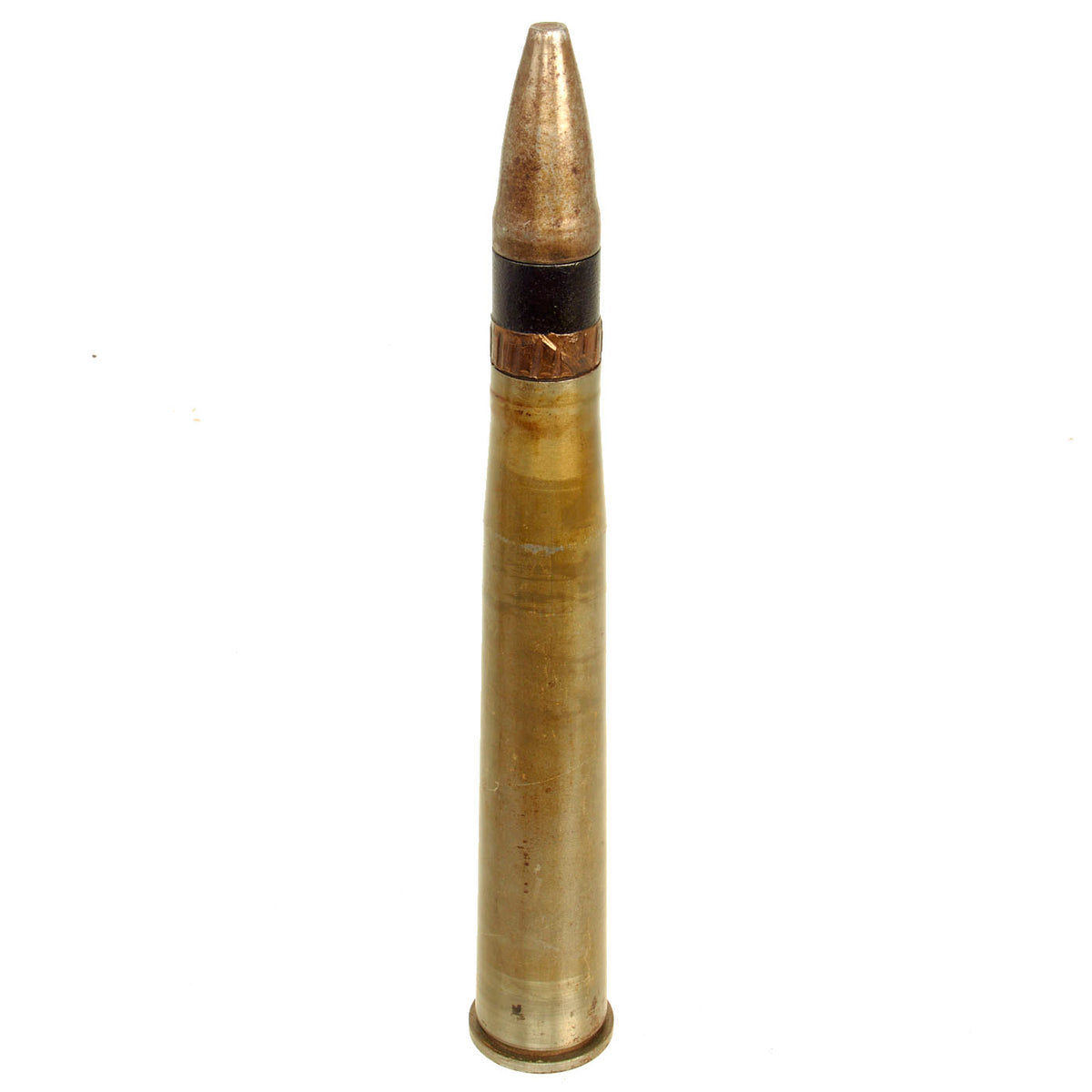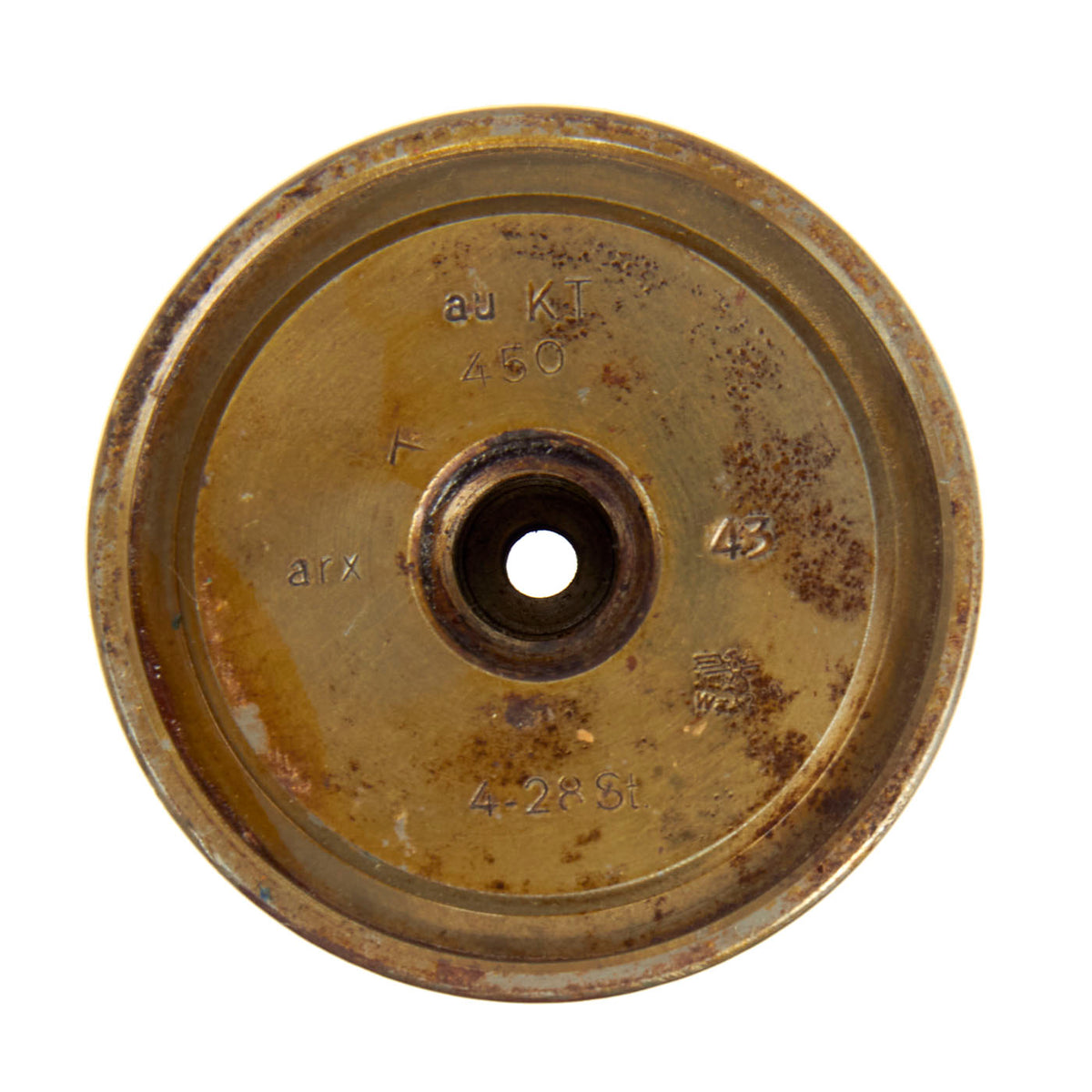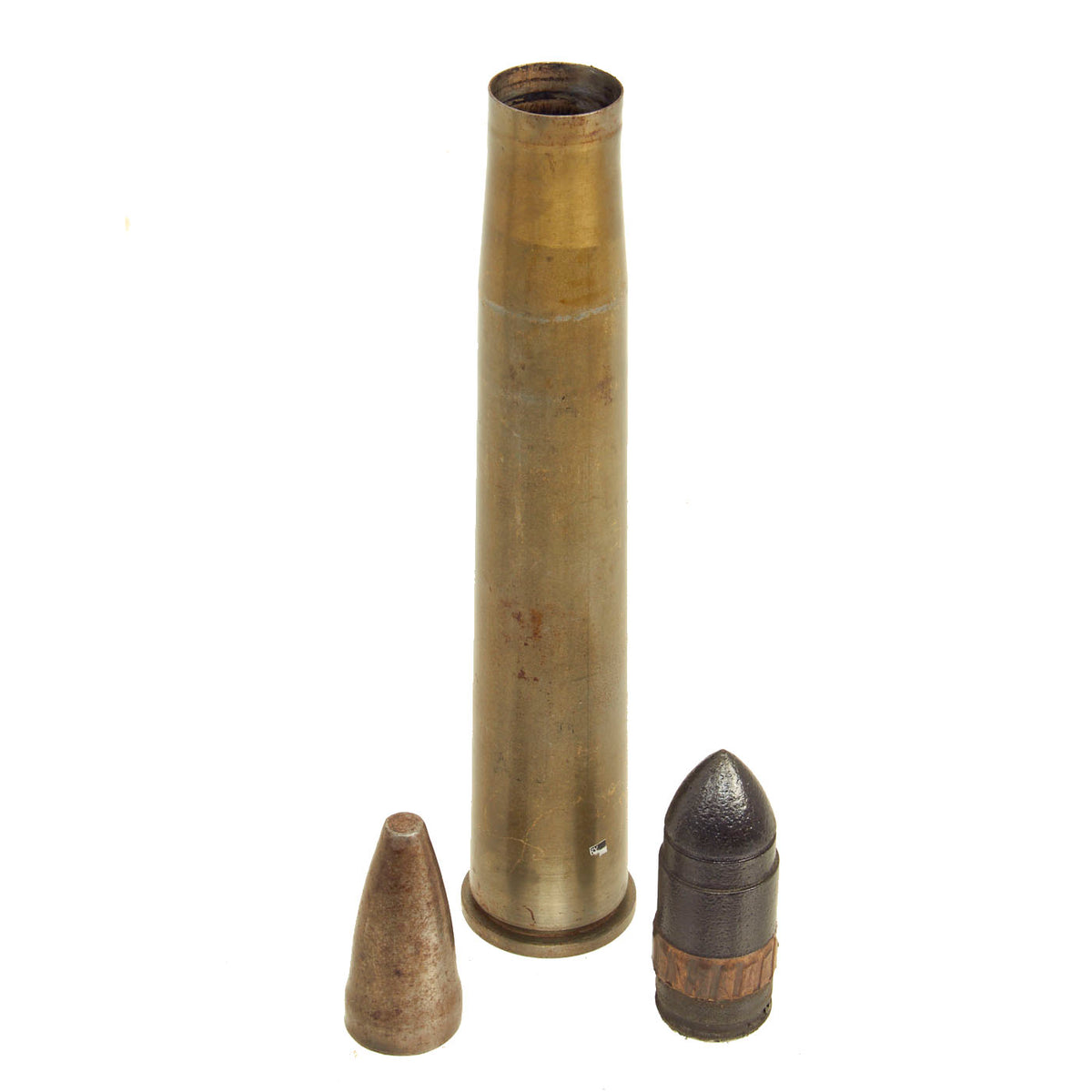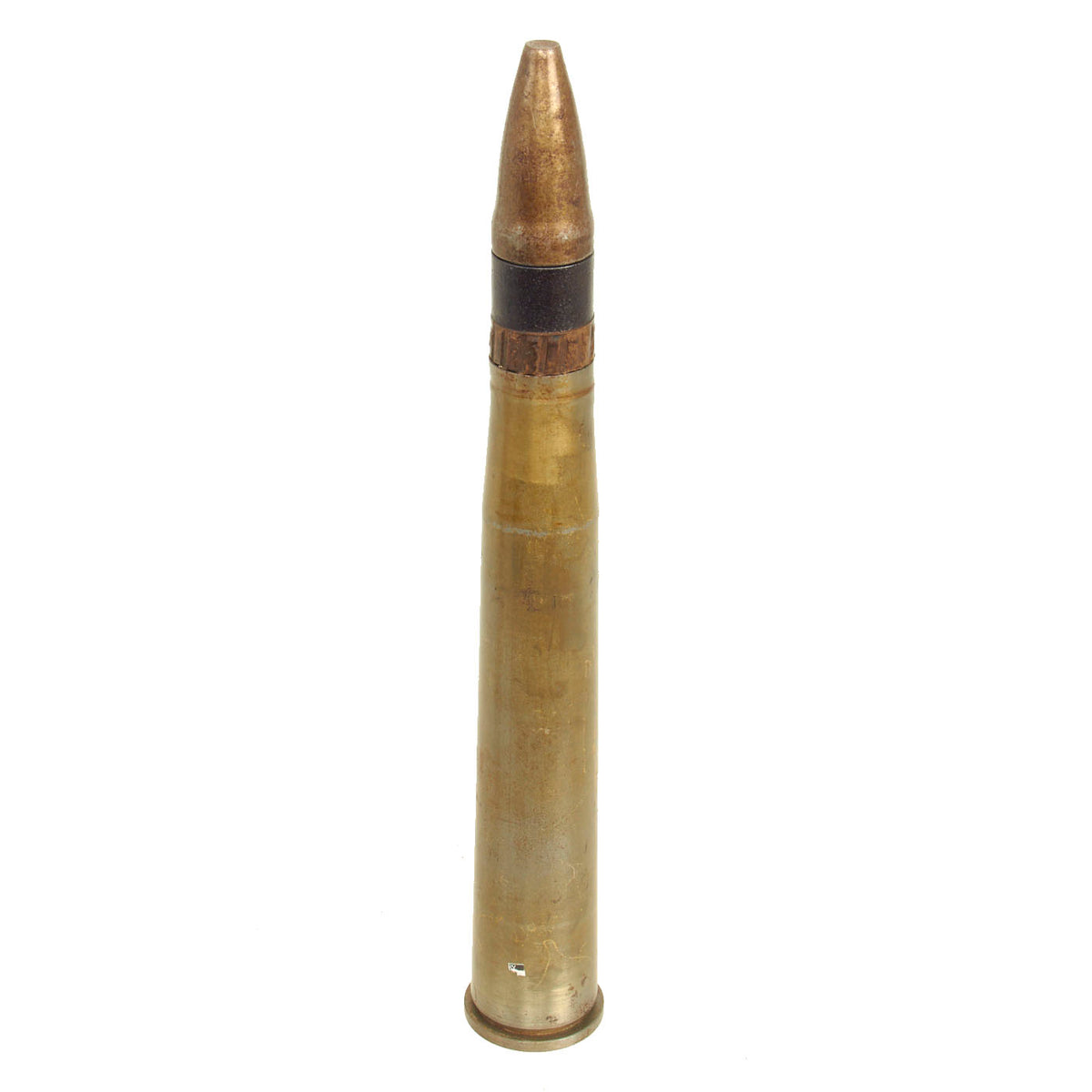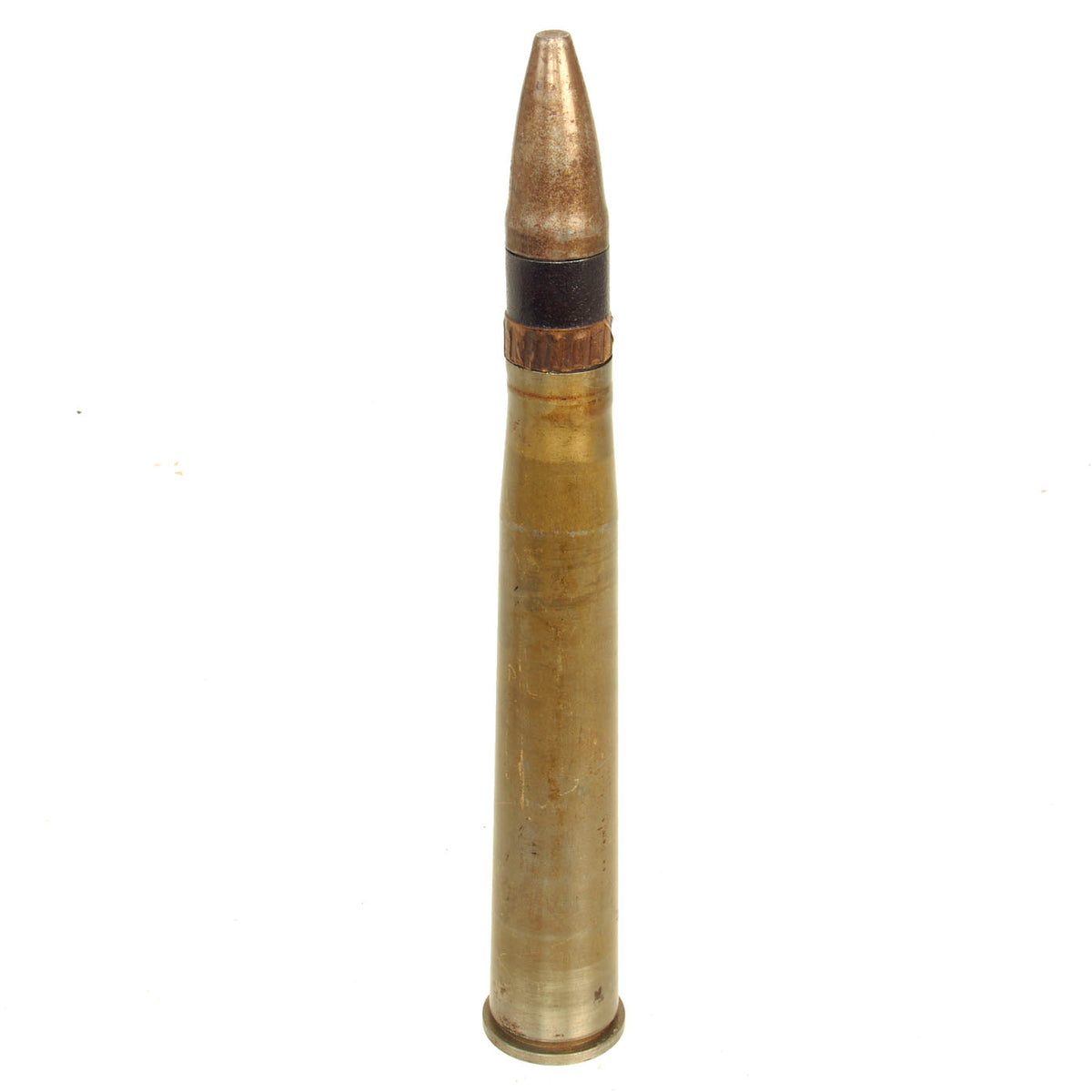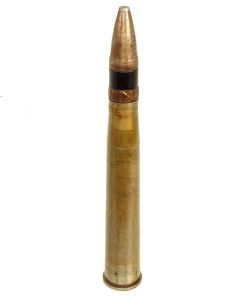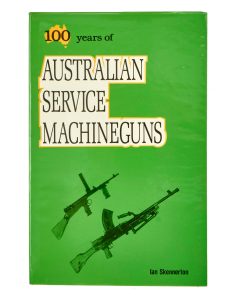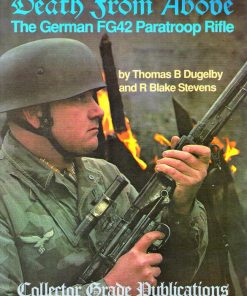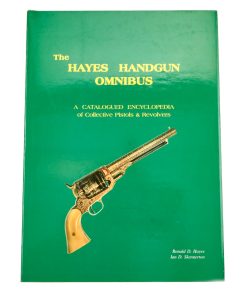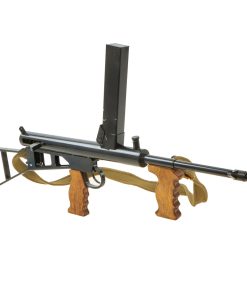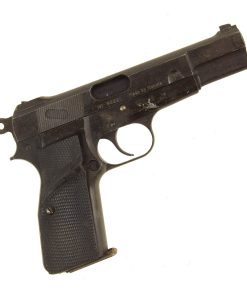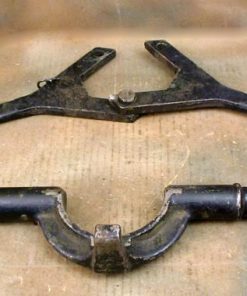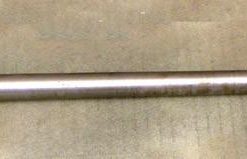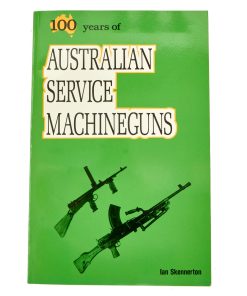Original German WWII Inert 4cm Flak 28 Bofors Anti-Aircraft Round – Dated 1943 Original Items
$ 395,00 $ 118,50
Original Item: Only One Available. This is a lovely inert example of a German Flak 28 round. This example is completely void of any explosive content nor is it able to be used as an explosive device. The round is in compliance with the current BATF standards on inert ordnance.
Not Available For Export
The 4 cm Bofors Flak 28 is a naval anti-aircraft single mounting fitted with either captured Bofors 40 mm L/60 guns, or those produced under German occupation during WWII. The Bofors 40 mm L/60, also known as the “Bofors L/60”, the “Bofors gun”, or simply “the Bofors”, was a highly successful Swedish anti-aircraft gun design of the interwar period and was widely used during the Second World War by both sides and in all theaters and remained in service long after the end of WWII.
The overall condition of the round is very good but the actual warhead suffered pitting and appears to have been ground dug. The total length is 17 ½” from base to tip. The bottom still retains full arsenal markings and stamps with a prominent WaA270 Waffenamt. Waffenamt codes were the inspection marks used on military equipment by the German Third Reich.
Other markings include:
au KT
450
arx 43
4-28ST
This wonderful example comes more than ready for display!
In 1928, the Swedish Royal Navy contracted the Bofors Company to design a suitable replacement for their Vickers 2-pounder guns anti-aircraft guns (the Vickers “Pom-Poms”). Work on the design began right away and a prototype model was produced by mid-1930. The prototype had a vertical sliding breech block design and was automatic. Upon firing, the recoil of the gun would open the breech and eject the spent casing out its rear whilst an autoloading mechanism would insert the next round into the empty breech, after which the action of the gun sliding back into place would close the breach once again, leaving the gun ready to fire once more.
While proving the potential of the design, the prototype failed to meet the specified rate of fire requirement of 130 rounds per minute. It wasn’t until 1934 that a production model, 40 mm L/60 Model 1934, was ready. In the following years, minor improvements led to the development of 40 mm L/60 Model 1936, which would finally be accepted into Swedish service as 40 mm/60 Model 1936. Despite its name, the barrel length of the 40 mm L/60 Model 1936 was actually 2250 mm (56.25 calibers).
Germany first acquired the Bofors gun near the start of WWII at the defeat of Poland, the Netherlands, and France, as well as during the Norway Campaign, capturing many Polish, Dutch, and British models. Eventually, these were put into service by the Wehrmacht as the 4 cm/56 Flak 28, for use in the Heer (the German army) as a towed anti-aircraft gun and in the Kriegsmarine (the German navy) as a medium anti-aircraft gun on the heavy cruisers Admiral Hipper and Prinz Eugen, and for use as stationary AAA installations in coastal fortifications.
The guns supplied to Admiral Hipper and Prinz Eugen were manufactured in Norway at Waffenfabrik Kongsberg (Norwegian: Kongsberg Våpenfabrikk), which had obtained a license to produce the gun prior to WWII but had to halt production during the invasion of Norway by Germany in early 1940. Several months later, with Norwegian capitulation in June 1940 marking the end of the Norway Campaign, Waffenfabrik Kongsberg started production again, this time under German occupation, producing a small amount of Bofors guns, as well as ammunition and spare parts, most of which would be supplied to Admiral Hipper and Prinz Eugen. Several hundred guns were also purchased from Hungarian arms manufacturer MAVAG in 1941. On Kriegsmarine ships, in addition to Admiral Hipper and Prinz Eugen, the 4 cm Flak 28 was also fitted to Schnellboot in 1942, and at least one example was fitted to the light cruiser Nürnberg in 1944, and possibly other cruisers as well.
During WWII, the Kriegsmarine only ever utilized the Bofors guns in single mountings. Being a captured design, the 4 cm/56 Flak 28 under German use was operated in much the same way as its Allied counterparts. The turret was hand operated by two crewmen, one sitting on each side of the gun. The crewman on the right-hand side of the gun was the gun trainer, who traversed the turret horizontally by turning a hand crank. Opposite him was the gunlayer, who elevated the gun in the same manner, with elevation limits of -6°/+90°. Ammunition for Bofors guns was manufactured in 4-round clips. Although the Allies had created HE, SAP, AP, and other types of rounds, Germany only ever produced high-explosive ammunition for the gun, which were preset to self-destroy after 10.5 seconds of flight time. Ammunition, in the clips, was placed by other crewmen directly into a “hopper”, letting the gun’s automatic loading mechanism do the rest of the work. So long as there was ammunition in the mechanism, the gunlayer could fire the gun by pressing a foot pedal. Spent casings were ejected out the rear of the gun and guided by chutes directed towards the front of the gun, where they could be discarded safely away from the crew.
By the end of WWII, the Kriegsmarine had 825 4 cm/56 Flak 28 guns in service. With the unconditional surrender of Germany in May 1945 and the subsequent dissolution of the Wehrmacht, the 4 cm Flak 28 ended German production and service. Nevertheless, the Bofors gun, proving its effectiveness during WWII, continued to see use throughout NATO nations. Now split into East and West, rising tensions between NATO and the USSR pushed West Germany to create a new military, the Bundeswehr, in November 1955, including a new navy, the Deutsche Marine, founded in January 1956. Here, the Bofors gun once again entered German service. The 40 mm Bofors L/60 remained in use on Deutsche Marine ships well into the 1980s, a true testament to the effectiveness of a gun which has its origins leading back nearly 90 years ago.
Fast Shipping with Professional Packaging
Thanks to our longstanding association with UPS FedEx DHL, and other major international carriers, we are able to provide a range of shipping options. Our warehouse staff is expertly trained and will wrap your products according to our exact and precise specifications. Prior to shipping, your goods will be thoroughly examined and securely secured. We ship to thousands clients each day across multiple countries. This shows how we're dedicated to be the largest retailer on the internet. Warehouses and distribution centres can be located throughout Europe as well as the USA.
Note: Orders with more than one item will be assigned a processing date depending on the item.
Before shipping before shipping, we'll conduct a thorough inspection of the items you have ordered. Today, the majority of orders will be delivered within 48 hours. The delivery time will be between 3-7 days.
Returns
The stock is dynamic and we cannot completely manage it because multiple stakeholders are involved, including our factory and warehouse. So the actual stock may alter at any time. It's possible that you may not receive your order once the order has been made.
Our policy is valid for a period of 30 days. If you don't receive the product within 30 days, we are not able to issue a refund or an exchange.
You can only return an item if it is unused and in the same state as the day you received it. You must have the item in its original packaging.
Related products
Uncategorized
Uncategorized
Australian WWII Owen MK1 Machine Carbine SMG Custom Fabricated Replica with Sling Original Items
Uncategorized
Uncategorized
Uncategorized
Uncategorized
Uncategorized
Australian WWII Owen MK1 Machine Carbine SMG Custom Fabricated Replica with Sling Original Items
Uncategorized
Uncategorized
Band of Brothers ORIGINAL GERMAN WWII Le. F.H. 18 10.5cm ARTILLERY PIECE Original Items
Uncategorized
Uncategorized
Uncategorized
Uncategorized
Uncategorized
